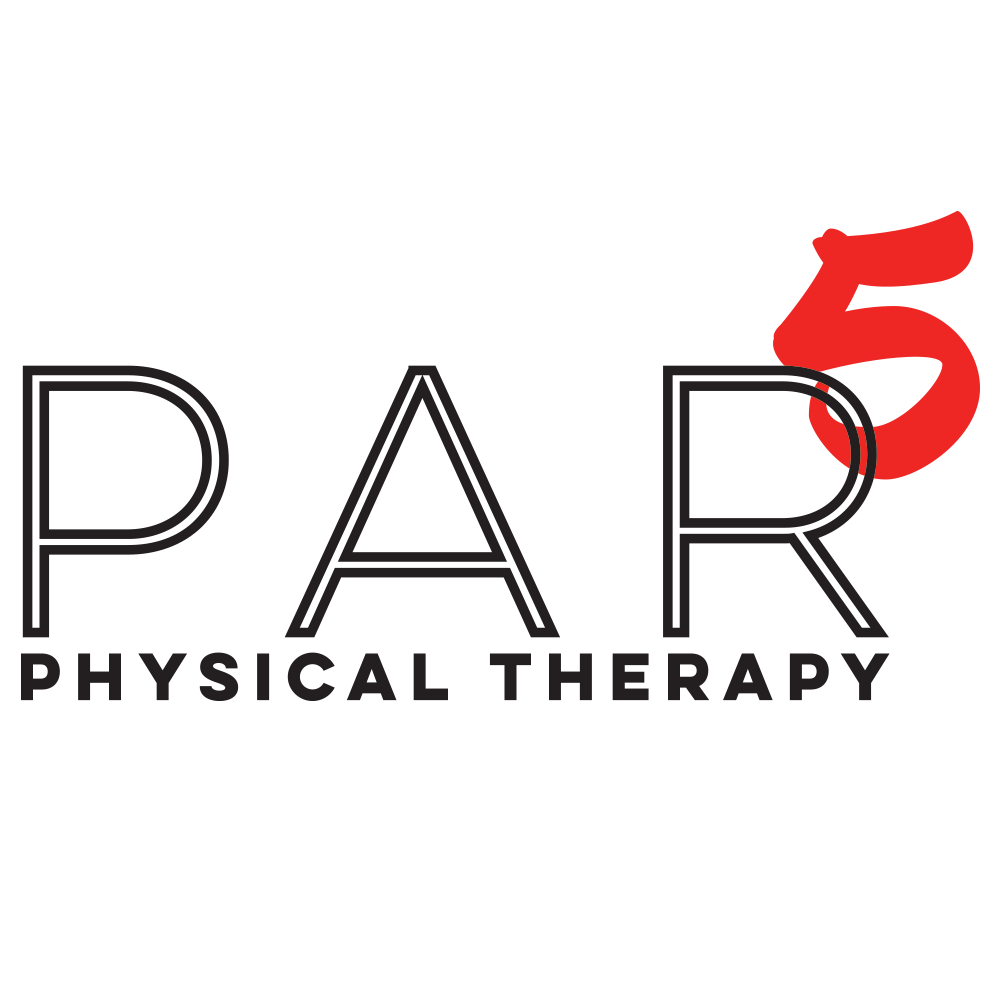The keys to balance
Balance. Whether we know it or not, we all strive for balance. Balance between our work and personal lives or balance between our wants and needs. But what I’m talking about is our own sense of balance.
(Hey golfers, do you always fall forward when you try and swing a golf club fast? I’m talking to you.)
Balance is a skill that is easily lost without practice.
It is a system of systems in our body, comprised of nerve endings in our joints, soft tissue, and inner ear. It is a connection between our senses and control of our body. It is simple, yet complex; and we take it for granted.
For most, issues with balance first come from a gradual onset of the inability to walk or stand on one leg. Or it can come as sudden and sharp as feeling as if the room was spinning even though you’re sitting still (physical therapy can help with both). Since balance comes from a variety of senses and nerves, the causes can be just as varied.
Simply put, balance is the connection between our head position or movement, our eyes, and our sensation of position we get through our joints. We lose our balance when there is a disconnect between any of the the three systems. When we move our head, sensory systems in our inner ears sense position and movement and feedback info to our eyes to keep our eyes steady. Then there’s also the feedback to our brain that sends out signals to our muscles to control position and posture.
One way to work on balance is to involve all three systems in one simple exercise, keeping in mind factors such as surface and foot placement, vision, and movement.
*Disclaimer: Always perform with caution, decrease your risk of falling or injury by performing near a stable surface like a table or railing or in a corner. Seek medical attention if you have any questions. The following is a generalization and may not apply to everyone. Attempt each level from 10-60 seconds each.
Level 1: Stand with feet together, eyes open.
Level 2: Stand with feet together, eyes closed.
Level 3: Stand with your feet in line, heel to toe, eyes open.
Level 4: Stand with your feet in line, heel to toe, eyes closed.
Level 5: Stand on one foot, eyes open.
Level 6: Stand one one foot, eyes closed.
Level 7: Stand with feet together, eyes open, shaking your head (like shaking your head “no”, keeping your vision fixed on an object).
Level 8: Stand with feet in line, heel to toe, shaking your head.
Level 9: Stand on one foot, shaking your head.
Level 10: Repeat levels 7-9 with eyes closed.
If you are able to reach level 10 without falling over, congratulations, you’re a SUPER-BALANCED specimen of a human! And then you can repeat the above levels while standing on a foam pad or couch cushion. Super difficult!
Balance exercises are designed to be difficult, just like lifting weights. You keep working at it until you get stronger or have better balance. It will happen with time and practice.
If you're having issues with balance and stability, contact Par 5 Physical Therapy. We can improve your balance and reduce your risk of falling.

